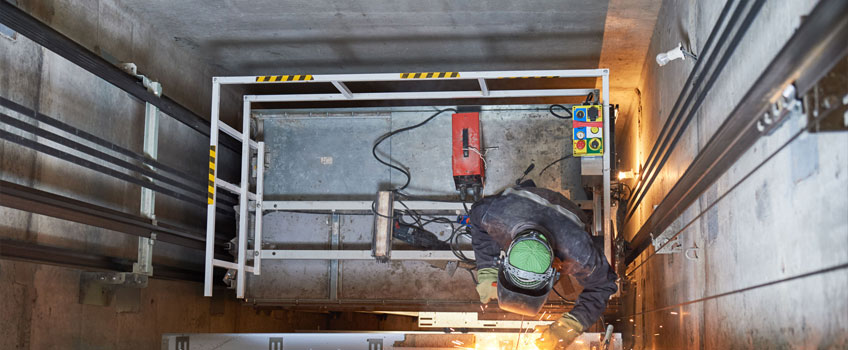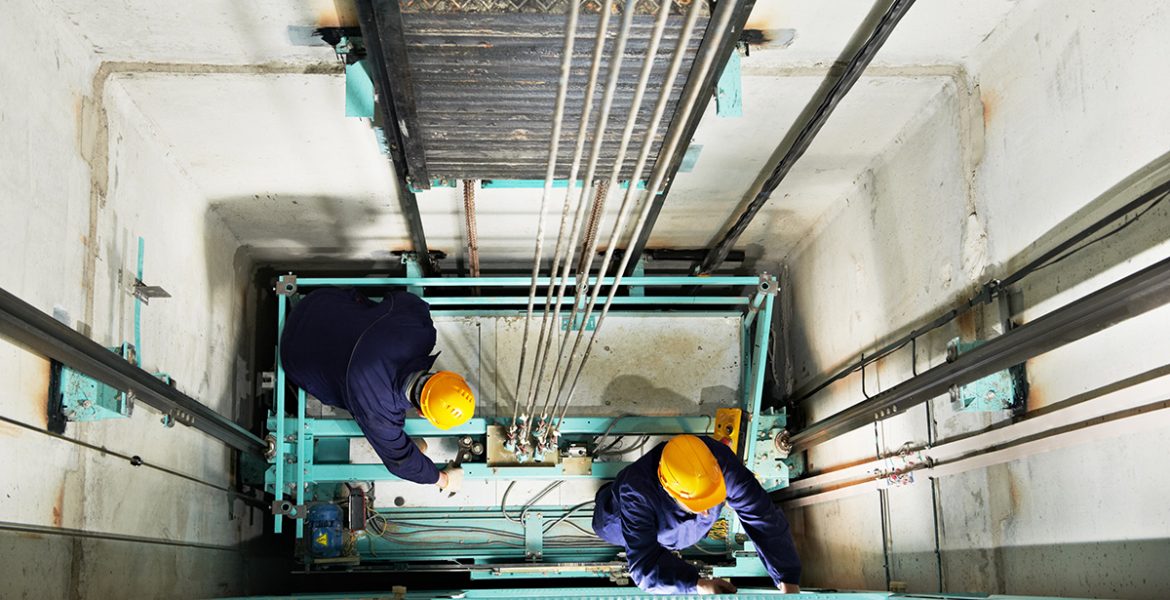Comprehensive Guide to Elevator Equipments and Their Maintenance
Browsing the intricate globe of elevator systems and their maintenance is a job that demands accuracy and knowledge. From the numerous types of elevator systems in usage to the meticulous adherence to safety and security regulations, the maintenance of these upright transportation gadgets is a multifaceted venture.
Kinds Of Lift Systems
The most common types include hydraulic elevators, traction lifts, machine-room-less lifts, and vacuum cleaner lifts. Hydraulic lifts are excellent for low-rise structures and make use of a hydraulic piston to relocate the lift auto. Machine-room-less lifts are a space-saving alternative as they do not call for a different maker space for the elevator machinery.
Each sort of elevator system has its own benefits and negative aspects, making it crucial for structure proprietors and designers to meticulously consider their certain requirements before selecting the most ideal alternative. Aspects such as developing height, space schedule, energy effectiveness, and budget restraints all play a substantial duty in figuring out the most effective elevator system for a certain building.
Typical Upkeep Concerns
Regular maintenance of lift systems is vital to make sure smooth operation and extend their lifespan. In spite of normal upkeep, elevator systems can still encounter typical upkeep problems that need to be without delay resolved to stop disturbances in service. One of one of the most frequent problems is door malfunctions. Lift doors might get misaligned, bring about problems with opening and closing correctly. This can trigger delays and security threats, needing instant attention from maintenance professionals. One more usual trouble is associated with the lift's leveling accuracy. Guests may experience tripping dangers and discomfort if the elevator does not straighten appropriately with the floors. Additionally, problems with the control system, such as sensor troubles or electrical problems, can trigger the lift to breakdown or quit functioning completely. Regular evaluations and positive upkeep can assist recognize and settle these typical maintenance issues before they escalate and impact the overall performance of the elevator system.
Security Laws and Compliance
Following rigorous safety and security laws and making certain conformity with industry standards are extremely important for preserving the operational honesty of elevator systems. Elevators undergo a detailed set of safety and security guidelines to protect passengers, upkeep personnel, and the public. Regulative bodies such as the Occupational Security and Health Management (OSHA) in the United States and the European Lift Organization (ELA) in Europe establish standards that cover different aspects of lift style, operation, upkeep, and setup.
Compliance with these guidelines is not just a lawful need but also a moral obligation for building owners and elevator maintenance companies. Regular evaluations, maintenance checks, and adherence to security procedures detailed in the laws are necessary see page to ensure the efficient and secure procedure of lift systems.
Finest Practices for Maintenance

An additional vital ideal technique is to immediately attend to any type of uncommon noises or reported concerns to protect against additional damage. Carrying out a positive approach to upkeep can conserve time and money in the future by avoiding expensive repair work or replacements. Structure owners ought to also take into consideration investing in modernization upgrades to boost the effectiveness and safety of their lift systems. By adhering to these finest methods, lift systems can operate efficiently and safely, providing trusted upright transportation for owners.

Advanced Technologies for Performance
Carrying out advanced technologies in lift systems can considerably enhance functional effectiveness and passenger experience. These systems permit travelers to input their wanted flooring prior to click for more going into the elevator, which after that directs them to the most reliable automobile.
Moreover, the integration of smart sensing units and anticipating maintenance capacities has transformed elevator maintenance. These sensors can find prospective concerns before they rise, allowing aggressive maintenance treatments and reducing downtime. In addition, making use of regenerative drives and energy-efficient components aids reduce power usage and operating costs in elevator systems.
In addition, the application of cloud-based surveillance and remote diagnostics permits for real-time monitoring of elevator efficiency and prompt troubleshooting of any type of breakdowns. This aggressive method not just boosts system reliability however additionally enhances the general individual experience by ensuring smooth and undisturbed elevator operations.
Final Thought
To conclude, understanding the different kinds of lift systems, usual upkeep concerns, safety policies, best upkeep methods, and progressed modern technologies for efficiency is essential for making sure the go to my blog smooth procedure of lifts. By sticking to safety and security regulations and implementing best practices for upkeep, structure proprietors can lengthen the lifespan of their lift systems and ensure the safety of passengers. It is necessary to stay updated on the newest improvements in lift innovation to enhance effectiveness and dependability.
The most usual kinds consist of hydraulic lifts, grip elevators, machine-room-less elevators, and vacuum lifts. Hydraulic lifts are suitable for low-rise structures and utilize a hydraulic piston to move the elevator car. Machine-room-less lifts are a space-saving option as they do not need a separate machine area for the lift machinery. Regular inspections and aggressive upkeep can assist identify and deal with these common upkeep problems before they intensify and impact the overall efficiency of the elevator system.

Comments on “Professional Lift Engineer Course: Training for Top Lift Repair Companies Near Me”